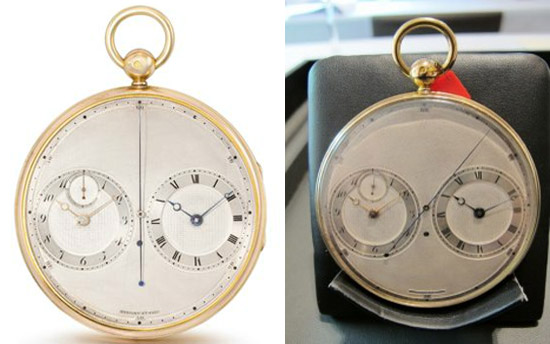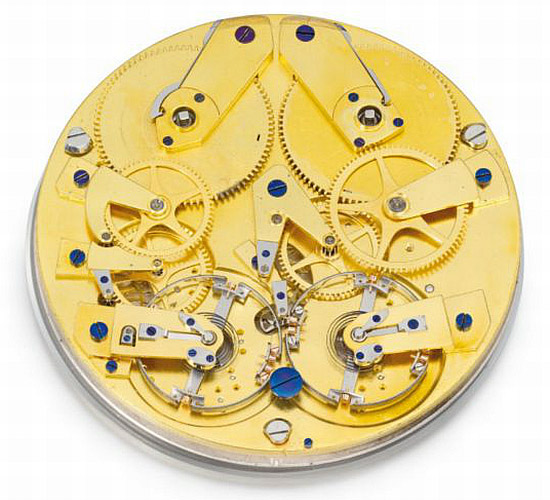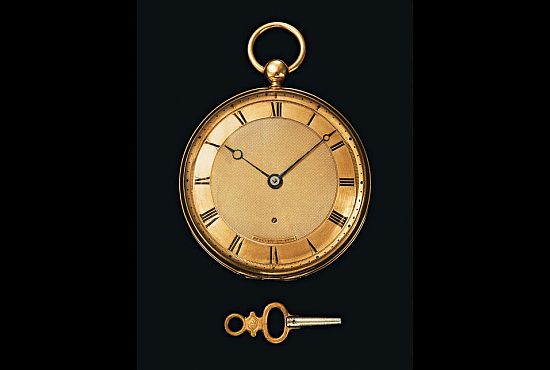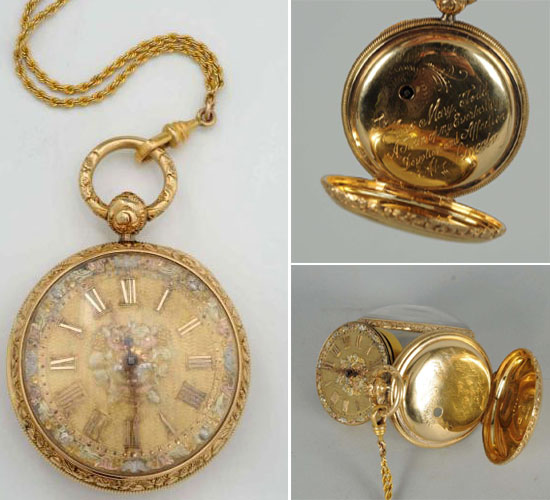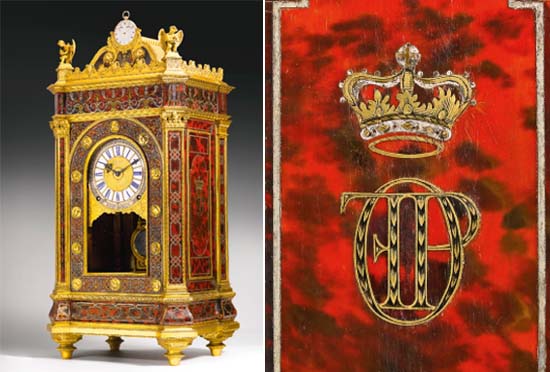The common factor among horological masterpieces like the Josephine Bonaparte watch, and the Breguet Reveil Musical Watch is something embedded deep inside its core movement; the tourbillon movement. This very movement, based on which most other customized mechanisms are created, was the work of a man named Abraham Louis Breguet, who had the French royal family amongst his clients. After all these years, one of the rare masterpieces from the watch maker, the Montre `a deux movements No. 2667 pocket watch is up for auction. The sale to be conducted by Christie’s, has its officials peg the estimated price to be between $890,000 and $1.6 million.
The history of this 18-K gold cased pocket watch has been traced back to 1814, when Mr. Garcias from London is known to have purchased the watch for a then princely sum of SFR 5,000. Over the time line till date, the watch is known to have exchanged hands between royal members of the French society, and always been a cherished piece as its only one of the 3 which were produced by Abraham Louis Breguet. Expanding over 63.7mm for the diameter of the dial, there are 2 sub-dials which show the current time in different formats. The left dial has an Arabic numeral design with Breguet gold hands, and a seconds counter at the 12 ‘o’clock position. On the right hand side is the Roman numeral dial, which has the hours indicated through black lettering and miniature markings for the minute. However, in between them lies a thin blue hand which is also the larger second’s counter, which goes in operation over the widely spaced area of the main dial. But what this design shows is the ultra-sophisticated designing theme that was followed by the horological inventor.
For those looking at timepieces from Breguet, there are several on display at the J. Paul Getty Museum, including a 1816 Breguet 2638 montre simple pocket watch. Along with the distinctive key for a mechanical winding movement, one would notice the fabrication including gold, brass, steel, ruby, enameled metal and glass for covering.

